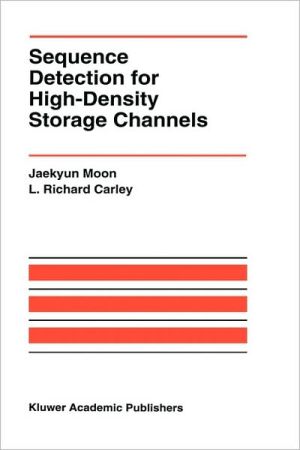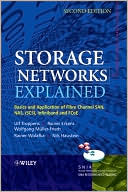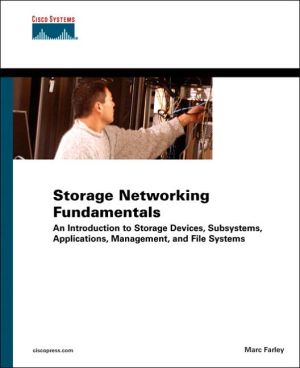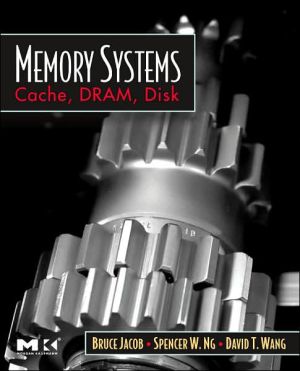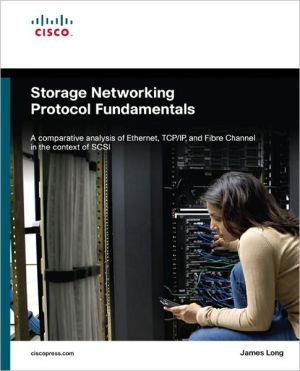Sequence Detection for High-Density Storage Channels
While there have been remarkable advances in recent years in the areas of both coding and detection for data storage, this book focuses on data detection, or the processing of reading back waveforms to reproduce stored data, in conjunction with the traditional modulation coding method called run-length-limited or (d, k) coding. Among notable recent advances in the area of data detection is the application of the Viterbi algorithm combined with partial response linear equalization, known as...
Search in google:
While there have been remarkable advances in recent years in the areas of both coding and detection for data storage, this book focuses on data detection, or the processing of reading back waveforms to reproduce stored data, in conjunction with the traditional modulation coding method called run-length-limited or (d, k) coding. Among notable recent advances in the area of data detection is the application of the Viterbi algorithm combined with partial response linear equalization, known as partial response maximum likelihood (PRML), to commercial magnetic disk drives. The decision feedback equalizer (DFE), a well established data detection technique in communication channels subject to intersymbol interference (ISI), has also attracted attention in the magnetic recording community. One of the objectives of this book is to provide a tutorial review of the application of these detection schemes to magnetic recording. Philosophies behind these detection schemes are explained, as well as methods for analyzing their performances. Performance of these detection schemes is compared with that of the traditional peak detection method to provide insight into density improvements that can be achieved using these schemes. The main emphasis of the book is on the more recent idea proposed by the authors, namely, the application of fixed delay tree search (FDTS) to high density magnetic recording. Although the idea of depth-limited tree search has long existed in coding and in detection for ISI channels, it has not been previously noted that, for certain constrained ISI channels, depth-limited tree search yields an asymptotically optimal performance. This book explores the idea of depth-limited search on constrained channels and shows how a relatively simple FDTS detector combined with DFE, called FDTS/DF, achieves a near-optimal performance when applied to high density magnetic recording where the minimum run-length constraint may be required to suppress nonlinearities and media noise. Booknews A tutorial on the application of new data detection methods to magnetic recording. These methods are used for such things as reading the information off of a computer's hard disk. Philosophies behind the detection schemes as well as methods to analyze their performance are explained. Their performance is compared with that of the traditional peak detection method to provide insight into density improvements that can be achieved using the new methods. Annotation c. Book News, Inc., Portland, OR (booknews.com)
List of FiguresAbbreviationsPreface1Introduction11.1Motivation11.2Background32Fixed-Delay Tree Search192.1Derivation202.2Computational Efficiency222.3Performance Analysis302.4Effect of d-constraint on Performance372.5Effect of d-constraint on Complexity443Application to Digital Magnetic Recording533.1Channel Model543.2Detection Schemes653.3Performance Comparison864Effects of Transition Noise1034.1Channel Model1054.2Detection Performance1124.3Channel Shaping1214.4Numerical Examples1255Summary137Appendix141References145Index151
\ BooknewsA tutorial on the application of new data detection methods to magnetic recording. These methods are used for such things as reading the information off of a computer's hard disk. Philosophies behind the detection schemes as well as methods to analyze their performance are explained. Their performance is compared with that of the traditional peak detection method to provide insight into density improvements that can be achieved using the new methods. Annotation c. Book News, Inc., Portland, OR (booknews.com)\ \
